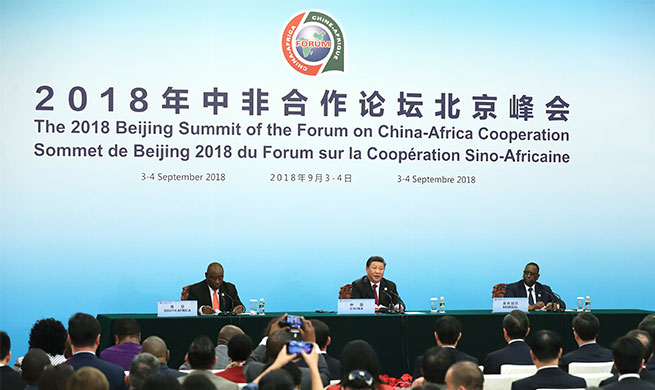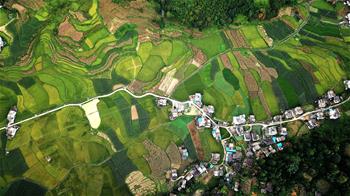LHASA, Sept. 6 (Xinhua) -- Glaciers on the Qinghai-Tibet Plateau and neighboring regions have shrunk by 15 percent in the past half a century, a researcher said.
Meanwhile, the permafrost has shrunk by 16 percent, said Yao Tandong, chief scientist of China's second comprehensive scientific expedition to the Qinghai-Tibet Plateau, when releasing the initial expedition discoveries Wednesday.
Yao, also an academician with the Chinese Academy of Sciences (CAS), said the melting glaciers, as a result of rising temperatures, have expanded lakes and increased water flows in rivers originating from the area.
The number of lakes larger than one square kilometer has increased to 1,236 from 1,081, he said.
In recent years, the climate on the plateau, with a fragile ecosystem, is becoming warmer and more humid with temperatures registering at twice the global average rise.
Higher temperatures have brought more water resources, but this has broken the earlier balance on the plateau, resulting in more frequent disasters, including glacier collapses, said Yao.
The vegetation on the plateau contributes to between 15 and 23 percent of land carbon sinks in China, but the melting permafrost could release earlier trapped carbon and thus further worsen climate warming, said Piao Shilong of the Institute of Tibetan Plateau Research with CAS.
Meanwhile, the alpine tree line has risen by 29 meters on average over the past century, a sign of improving vegetation on the plateau.
But the rising alpine tree line could mean smaller growth room for alpine shrubs, thus increasing extinction risks for species exclusively living in the high-altitude regions, said Piao.
Climate warming could also affect the growth of highland barley, a major crop on the plateau, Piao said.
"It's an important and urgent task in the future for the local agricultural sector to address challenges from climate warming," he said.
In June 2017, China launched its second comprehensive scientific expedition to the Qinghai-Tibet Plateau after more than 40 years. The expedition, which will last five to 10 years, aims to study changes in climate, biodiversity and environment over the past decades. Enditem

















